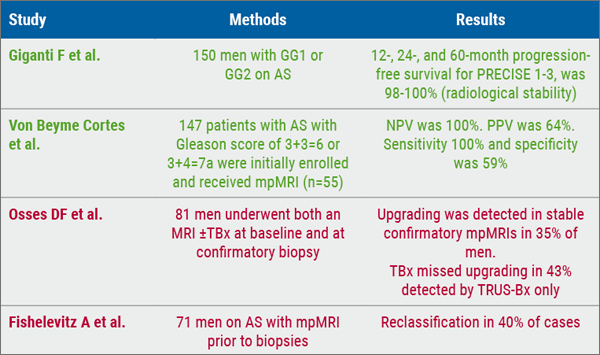"Our findings argue strongly against the routine use of androgen deprivation therapy for favorable intermediate-risk prostate cancer patients undergoing radiation therapy," Dr. Zachary S. Zumsteg of Cedars-Sinai Medical Center in Los Angeles told Reuters Health by email.
The use of ADT in intermediate-risk PC is controversial, Dr. Zumsteg and his team note in JAMA Network Open. Retrospective studies have shown benefit only in patients with disease stratified as unfavorable.
The researchers performed a secondary analysis of the RTOG 9408 randomized controlled trial of RT with or without four months of ADT, including 377 patients with favorable intermediate-risk (FIR) disease and 513 with unfavorable intermediate-risk (UIR) disease.
During a median 17.8 years of follow-up, the UIR patients were at significantly increased risk of distant metastases, PC-specific mortality and all-cause mortality.
In patients with unfavorable disease, ADT was associated with fewer distant metastases (HR, 0.48; P=0.008) and PC-specific mortality (HR, 0.40; P<0.001), but did not significantly reduce all-cause mortality (HR, 0.84; P=0.09)
Mean survival was 10.5 years for patients with unfavorable disease who had ADT, versus 9.8 years for those who did not (P<0.05). For patients with favorable disease, survival was 11.0 years with ADT and 10.7 years without (P=0.50).
"To our knowledge, these are the highest-quality data supporting recent changes in the National Comprehensive Cancer Network guidelines recommending radiation without ADT for patients with FIR disease and combined ADT and radiotherapy for patients with UIR disease," Dr. Zumsteg and colleagues write.
"Notably, given Gleason score inflation, improvements in radiation delivery, and advances in imaging over the last 25 years, it is likely that ADT would have even less benefit to contemporary patients with FIR than those enrolled in RTOG 9408," they add.
By Anne Harding
SOURCE: https://bit.ly/3m7bO2J JAMA Network Open, online September 9, 2020.
Posted on
Previous Article
« Pandemic drives adaptations to management guidelines for acute colitis in kids Next Article
Bronchitis in childhood tied to worse lung health in adulthood »
« Pandemic drives adaptations to management guidelines for acute colitis in kids Next Article
Bronchitis in childhood tied to worse lung health in adulthood »
Related Articles
April 1, 2021
BRCA1/2 mutations raise risk for endometrial cancer, too

© 2024 Medicom Medical Publishers. All rights reserved. Terms and Conditions | Privacy Policy
HEAD OFFICE
Laarderhoogtweg 25
1101 EB Amsterdam
The Netherlands
T: +31 85 4012 560
E: publishers@medicom-publishers.com

